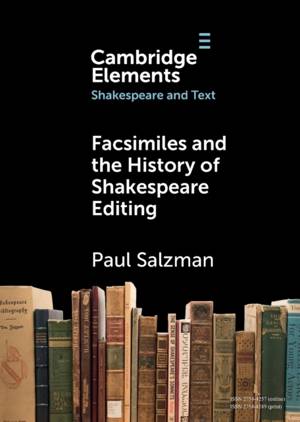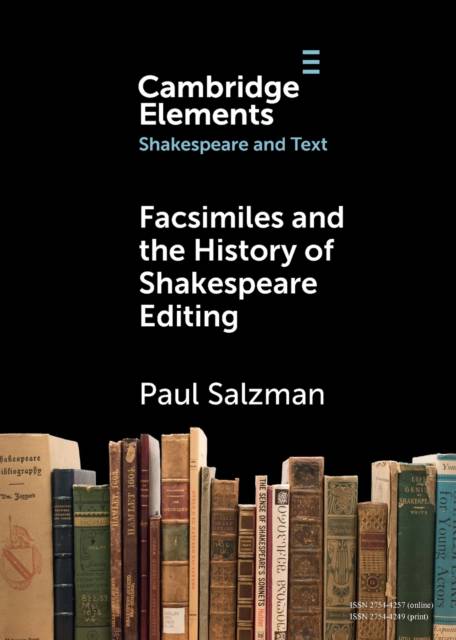
- Afhalen na 1 uur in een winkel met voorraad
- Gratis thuislevering in België vanaf € 30
- Ruim aanbod met 7 miljoen producten
- Afhalen na 1 uur in een winkel met voorraad
- Gratis thuislevering in België vanaf € 30
- Ruim aanbod met 7 miljoen producten
Zoeken
Omschrijving
Is a facsimile an edition? In answering this question in relation to Shakespeare, and to early modern writing in general, the author explores the interrelationship between the beginning of the conventional process of collecting and editing Shakespeare's plays and the increasing sophistication of facsimiles. While recent scholarship has offered a detailed account of how Shakespeare was edited in the eighteenth century, the parallel process of the 'exact' reproduction of his texts has been largely ignored. The author will explain how facsimiles moved during the eighteenth and nineteenth century from hand drawn, traced, and type facsimiles to the advent of photographical facsimiles in the mid nineteenth century. Facsimiles can be seen as a barometer of the reverence accorded to the idea of an authentic Shakespeare text, and also of the desire to possess, if not original texts, then reproductions of them.
Specificaties
Betrokkenen
- Auteur(s):
- Uitgeverij:
Inhoud
- Aantal bladzijden:
- 114
- Taal:
- Engels
- Reeks:
Eigenschappen
- Productcode (EAN):
- 9781009228244
- Verschijningsdatum:
- 22/06/2023
- Uitvoering:
- Paperback
- Formaat:
- Trade paperback (VS)
- Afmetingen:
- 127 mm x 178 mm
- Gewicht:
- 104 g

Alleen bij Standaard Boekhandel
+ 45 punten op je klantenkaart van Standaard Boekhandel
Beoordelingen
We publiceren alleen reviews die voldoen aan de voorwaarden voor reviews. Bekijk onze voorwaarden voor reviews.











